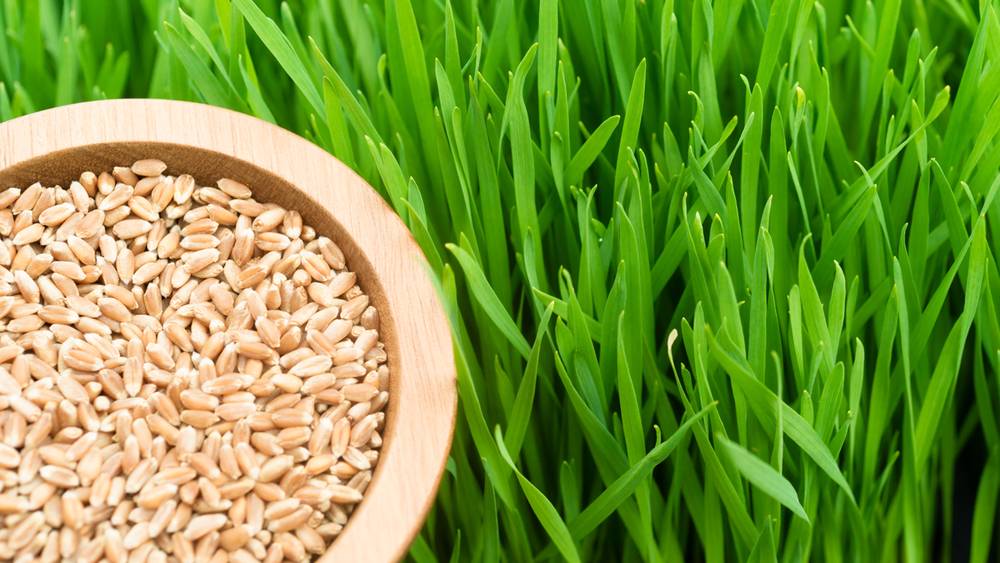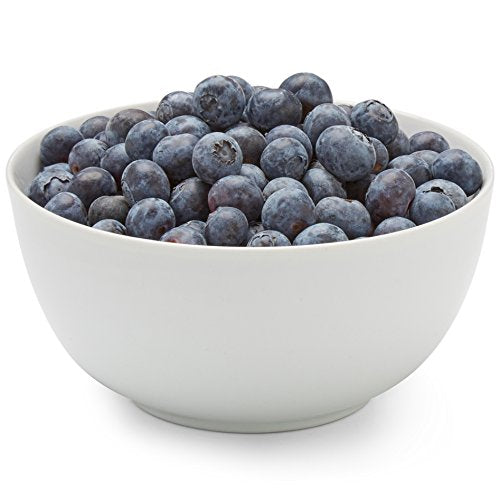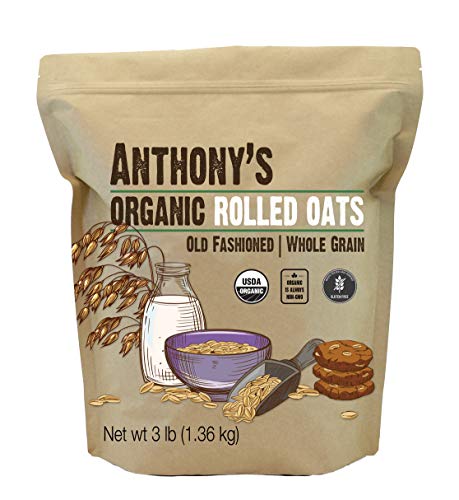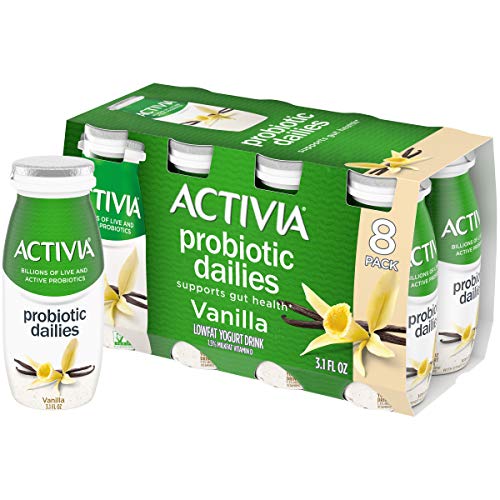Unlocking the Wonders of Einkorn Wheat Berries: A Nutritional Powerhouse
Okay, but seriously I had never heard of the words “Einkorn” or “Wheat Berries” until about a year and a half ago, and recently I have been hearing more and more people talking about this food trend. I had to look further into the topic and decided to share what I found with you.
For starters, Einkorn is not a ’90s metal band or a fruit, but they are different terms you may hear when talking about whole-wheat kernels. To help resolve the confusion between Einkorn and wheat berries, you must understand that Einkorn is, in fact, a wheat berry.
Einkorn wheat berries are the wheat kernel without the husk (inedible), including the bran, germ, and endosperm (all edible). They are unrefined and do not undergo any processing at the manufacturing level. When you get Einkorn, you get the raw, untouched grain version. Einkorn has played a huge role in establishing agriculture, as it is the first wheat species domesticated by humans, and it continues to be farmed today.
Warning, since this grain contains gluten, people with celiac disease or gluten sensitivity should still avoid it. Now, if you have already completed the elimination portion of a FODMAP diet and have ruled out gluten as a trigger food, this is a great option. Wheat berries pack a punch when it comes to their nutritional makeup. Because of the high fiber content, they can benefit those of you living with GERD or constipation.
Einkorn wheat berries possess a versatile mixture of macronutrients and micronutrients, or large and small sources of nutrition. They are a great source of plant-based protein, have moderate carbohydrates with a low glycemic index, and are very low in fat. Per the USDA, one serving of Einkorn contains:

Including wheat berries in your diet also has some great health benefits. This goes for any food with a low glycemic index, high fiber, and other favorable nutrient makeup. Wheat berries can help control blood sugars, aid in weight management, reduce bad cholesterol, and improve digestive health due to their high fiber content.
You are probably thinking, okay, Kari, this is great, but how do I eat these interesting morsels of nutrient goodness? I am so glad you asked!
First, you will want to soften them, preparing them much as you would rice. After that, you can season them to taste and eat them as a side dish, add them to a salad, replace or add to your breakfast oatmeal, or serve them with yogurt and fruit.
Another option for eating Einkorn is milling the wheat berries into flour. You can also find gluten-free grains and try home milling as an alternative to purchasing already processed products. While it is more convenient to buy processed and pre-made products, milling your own grain is far more nutritious. Wheat berries maintain their nutritive value until milling, so only mill the amount you need to use at one time to get the most out of your grain.
Whether you are living with GERD, a chronic health condition, or just sick of consuming over-processed grains, Einkorn may be an excellent substitute. Looking at the nutrient profile, you can get so much out of this one grain, imagine combining it with other super nutritious foods, and you have a meal built for the Justice League. You can also take it to the next level and mill the grain to make your own baked goods; the possibilities are endless.
- Julianna LeMieux, P. (2023, August 9). First complete genome map of ancient wheat, Einkorn, assembled. GEN.
- Fooddata Central Search Results. FoodData Central. (n.d.).
- Radulian, G., Rusu, E., Dragomir, A., & Posea, M. (2009). Metabolic effects of low glycaemic index diets. Nutrition journal, 8, 5.
- Ananthakrishnan, A. N., Khalili, H., Konijeti, G. G., Higuchi, L. M., de Silva, P., Korzenik, J. R., Fuchs, C. S., Willett, W. C., Richter, J. M., & Chan, A. T. (2013). A prospective study of long-term intake of dietary fiber and risk of Crohn's disease and ulcerative colitis. Gastroenterology, 145(5), 970–977.



















Comments
Join The Conversation...